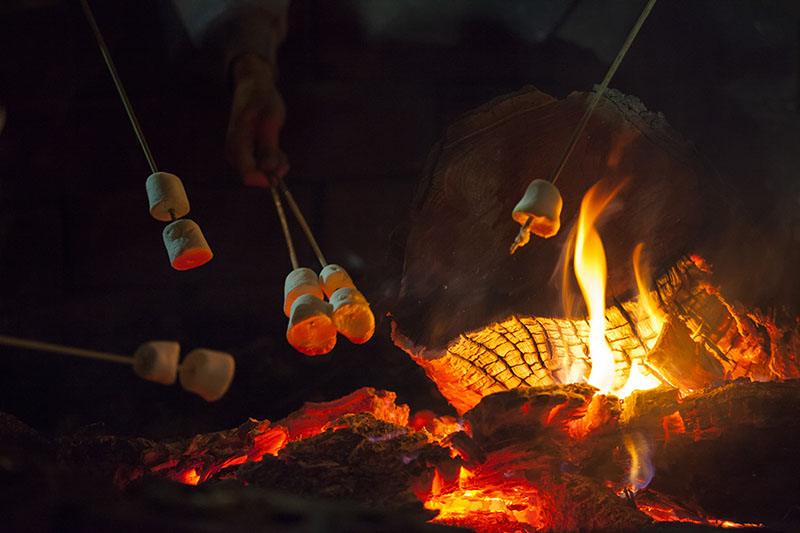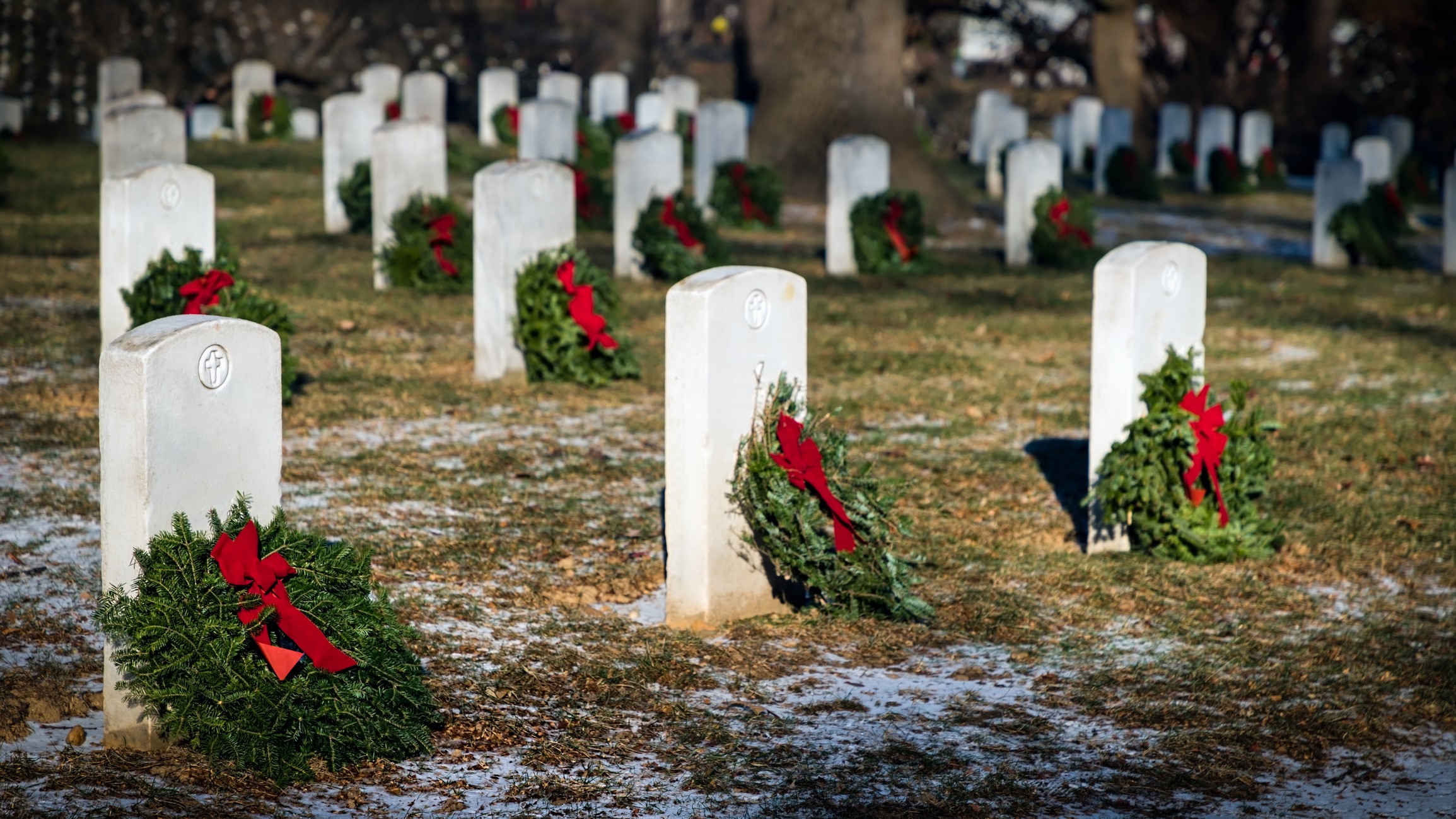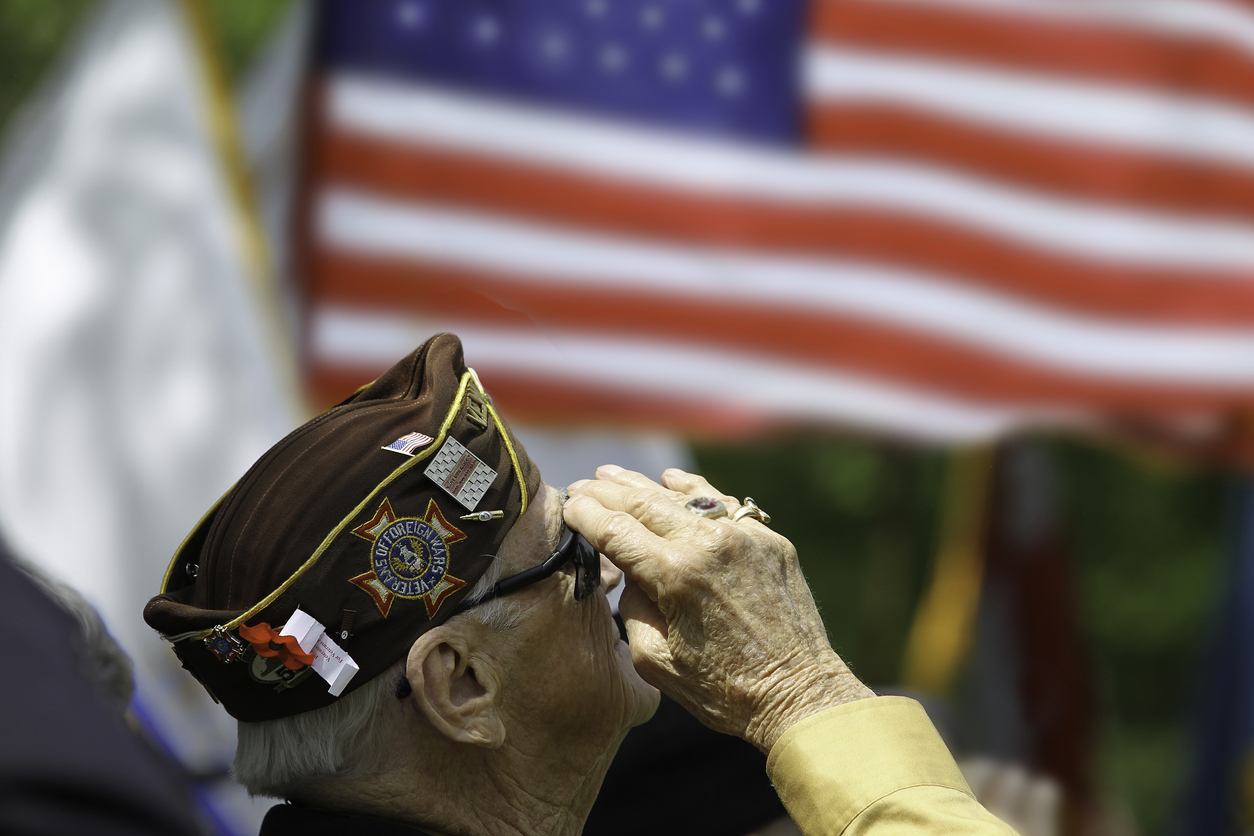This past year has brought many of us a new appreciation for the simple things in life, including time spent by a campfire with people we care about. Along with rediscovering nature, many of us are also revisiting some favorite childhood memories including making and eating s’mores. Whether you spent your childhood camping every weekend or the experience is totally new, here are some campfire snack tips to help you savor the great outdoors.
Discover (or rediscover) basic s’mores. Prepare a graham cracker and chocolate by breaking the large, rectangular cracker into two squares and placing your chocolate squares (break them so you have about the same surface area as your cracker) on a plate so it’s ready to go when your marshmallow is done.
Surprisingly, there actually is more than one way to toast a marshmallow. While it’s tempting to get started as soon as the fire is lit and the flames are high, it is more effective to hold the marshmallow on the end of a stick over the embers of a dying fire. This will allow the sugar to caramelize, and you will be less likely to end up with a marshmallow that is charred on the outside and underdone on the inside. Once your marshmallow is cooked to your liking, squeeze it between the two pieces of cracker and slide the marshmallow off the stick.
When you are ready for a new treat, try replacing the chocolate in your s’mores with Nutella, Reese's peanut butter cups, caramel sauce, crushed candy, or jam (“6 Over the Top S’mores Ideas''). You could also replace the graham cracker with your favorite cookies.
If s’mores aren’t your thing, try popping popcorn, or making baked apples or hobo pies. Hobo pies (also known as pudgy pies, mountain pies, or toasties) are made with a cast iron toasting tool you can purchase at most camping stores and simply require two pieces of buttered bread and your filling of choice such as jam, fruit with cream cheese, peanut butter with chocolate, mini marshmallows with chocolate, just chocolate, etc. The possibilities are endless! (“10 Camping Desserts for People Who Don’t LIke S’mores”).
Our staff at Waitte’s Insurance Agency wish you a season filled with fun food and adventure. Give us a call when you are ready to discuss your unique insurance needs.
"Campfire S'mores"
"6 Over the Top S'mores Ideas for Your Next Camping Trip"
"10 Camping Desserts for People Who Don't Like S'mores"










